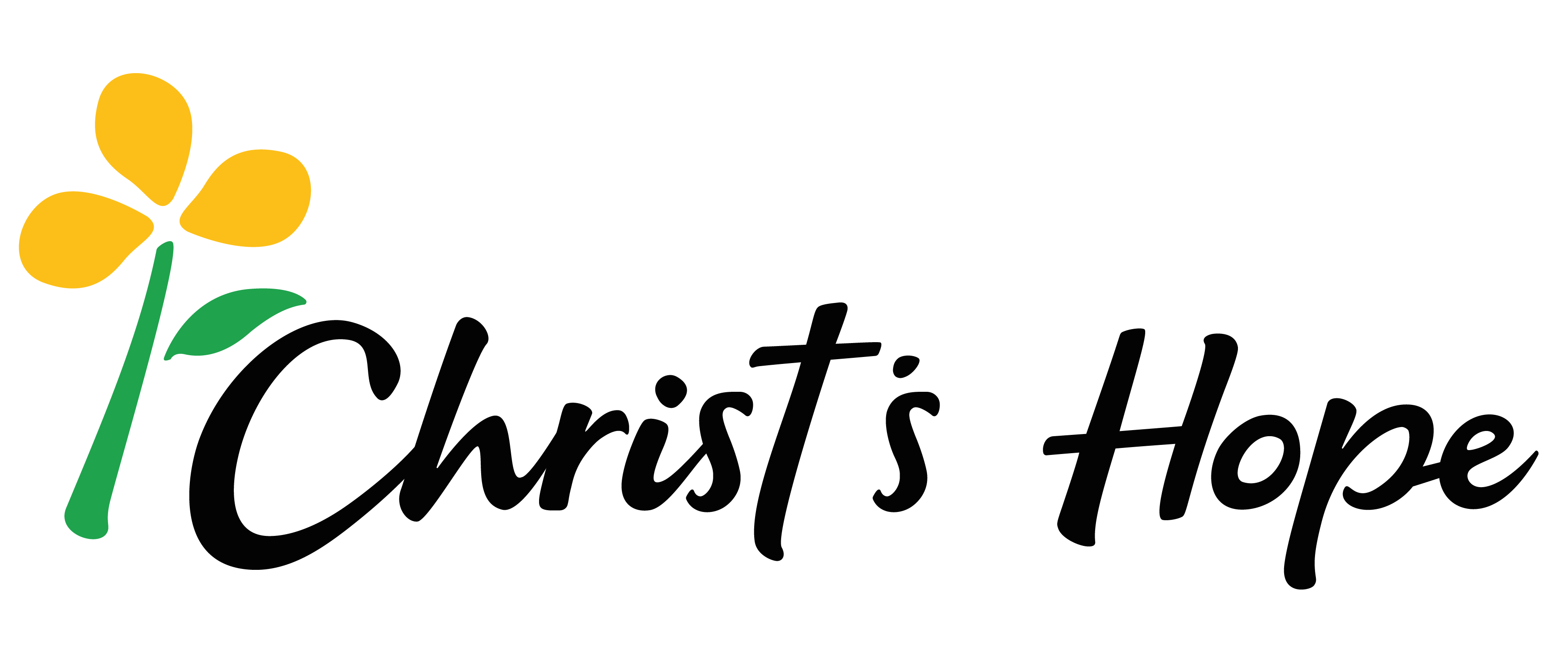
Berdian and Juliet shared, “When we hear the devastation of thousands of orphans due to AIDS, when we see a picture of a neglected hungry child in Africa, our hearts are touched, our stomachs make an uneasy turn and we want to help, we want to rescue and save the children. We are all eager to react to the plight of the orphaned, the vulnerable, and the needy.
We all perhaps have our own ideas on what is the best way and yes, we too had very utopian ideas on the running of a children’s home (or orphanage), until we were sent to the Ark Keetmanshoop in Namibia. We were left disillusioned when we realized that our ideas and plans did not bring about a quick fix. When we arrived in October 2005, the children’s behavior was unacceptable and uncontrollable. At the time we realized their behavior was just a symptom of the deeper lying emotional trauma and pain they had experienced. If our aim was to provide only their basic needs like shelter, food, clothes, and education, we were doing great. But if we wanted to cater to their emotional well-being, unfortunately, we were missing the target.
Some of the children in the home were AIDS orphans; however, there were quite a few whose mothers had just died. In Namibia, if a mother passes away, a child will usually end up in an orphanage. But most of the time, there is a grandmother, aunt, uncle, or even an older sibling who could take care of this child. Many people from poor backgrounds here live a very harsh life in small, metal shacks with no running water, electricity, or windows. Oftentimes, when these people hear their grandchild or niece or nephew can go live in a brick house where they will have a bed, regular meals, and can get Hope | ANNUAL REPORT 2020 | an education, they think the child will be better off there. They do not have the means to take care of themselves, let alone another child. That’s how many of these children end up in orphanages and institutional care. I believe that if those families realized the emotional and intellectual disadvantage their child would face in a children’s home, they would have chosen to keep the child.
To us, this sums up the need for change from institutional care to community and family-based care. So instead of taking the child from their broken home with difficult circumstances, why can’t we get the resources to help the grandmother, the aunt, or the uncle, so they can continue to take care of the child?
It was very hard to move away from the concept of an orphanage because it sounds so good on paper. It is an easy model to get funds for because you can say, “Here is the home, here are the children, here is the ministry – please support.” But what we found was that family-based care was actually 6 times cheaper! One of the problems with the orphanage was always a lack of funding, even though it “sells”, there was never enough money! So we told the family member, if you can look after this child at night, make sure they are safe, the child can come here to the Ministry CarePoint where we’ll help with school work, give them meals, and teach them about Jesus. Not only is it 6 times cheaper, but it allows us to look after more children and the children can keep their language, their culture, and most importantly, stay connected with family.
